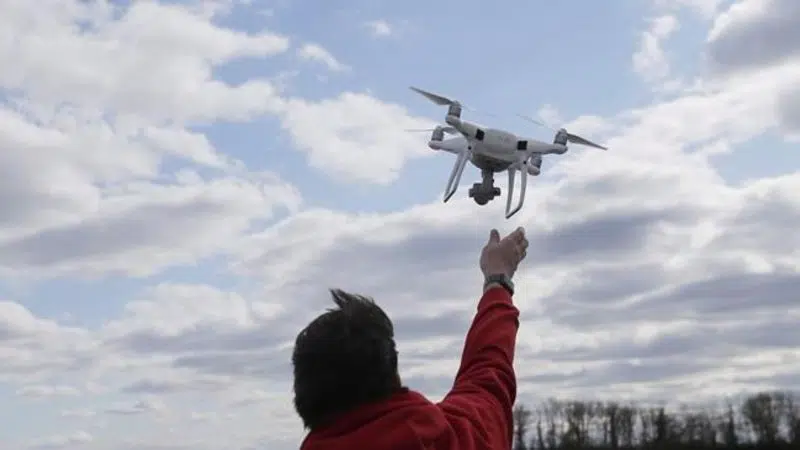
Federal prisons taking aim at special (illicit) deliveries from the sky
OTTAWA — Prison wardens are usually preoccupied with keeping people inside their walls. Now six Canadian prisons are taking steps to shoo away some pesky, flying visitors.
The Correctional Service of Canada has earmarked $6 million for electronic systems to prevent tiny drones from dropping illegal drugs, cellphones or other contraband into the yards of its institutions.
The prison service is alarmed by cases of small, easily purchased flying devices delivering forbidden items weighing up to five kilograms to prisoners from the air.


